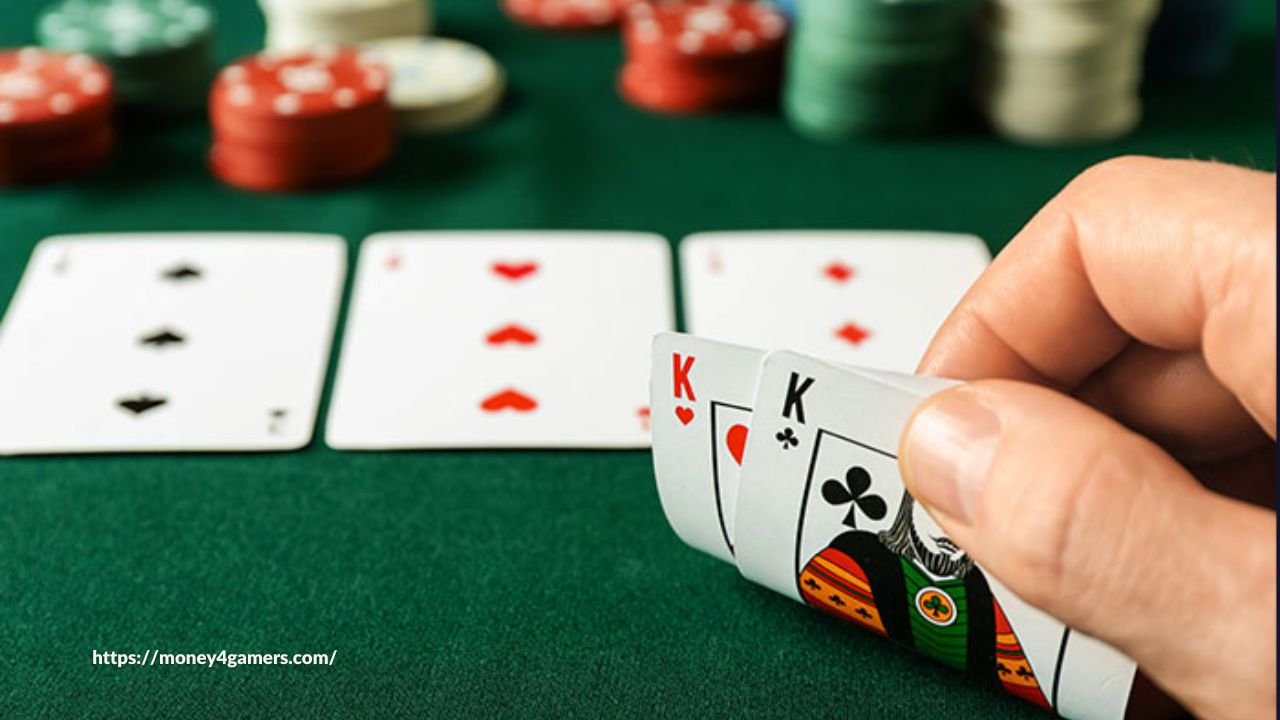The Importance of a Poker Bluff
When it comes to playing poker, one of the most exciting and strategic moves you can make is the bluff. Bluffing is the act of making a bet or a raise with a weak hand in order to deceive your opponents into thinking you have a strong hand. It is a powerful tool that can help you win pots even when you don’t have the best cards.
A successful bluff can not only increase your chip stack but also intimidate your opponents and gain their respect at the table. However, bluffing is an art that requires skill, timing, and the ability to read your opponents. In this blog post, we will break down the anatomy of a poker bluff and provide you with tips and strategies to master this essential technique.
1. The Setup
The first step in executing a successful poker bluff is the setup. This involves establishing a tight and aggressive image at the table. By playing a few strong hands early on and showing down your cards, you can create the perception that you only play premium hands.
This tight image will make your opponents more likely to believe that you have a strong hand when you decide to bluff. It is essential to build this image gradually and not overdo it. If you only play strong hands, your opponents will catch on and be more inclined to call your bets.
2. Timing and Observation
The next crucial element of a successful bluff is timing. You must be able to pick the right moment to make your move. This requires observing your opponents and reading their betting patterns and body language.
Look for signs of weakness or uncertainty in their actions. Are they hesitating before placing a bet? Are they avoiding eye contact? These could be indications that they are unsure about the strength of their hand and might be more likely to fold.
Additionally, pay attention to the overall dynamics of the table. Are the players tight or loose? Are they playing aggressively or passively? Adjust your bluffing strategy accordingly. Bluffing against loose and aggressive players is generally less effective as they are more likely to call your bets.
3. The Execution
Finally, the execution of the bluff is the most critical part. It is important to make your bluff appear natural and believable. Avoid making overly large bets that could arouse suspicion. Instead, make a bet that is consistent with the size of the pot and your opponents’ stack sizes.
Remember, a successful bluff is not about winning every hand but rather about maximizing your chances of success. Even if your bluff is called and you lose the hand, it can still be a valuable move as it keeps your opponents guessing and prevents them from easily reading your game.
In conclusion, mastering the art of poker bluff is a skill that can take your game to the next level. By understanding the importance of a bluff, timing your moves correctly, and executing them with finesse, you can become a formidable player at the table. So, next time you are at the poker table, don’t be afraid to bluff, but do it wisely.


